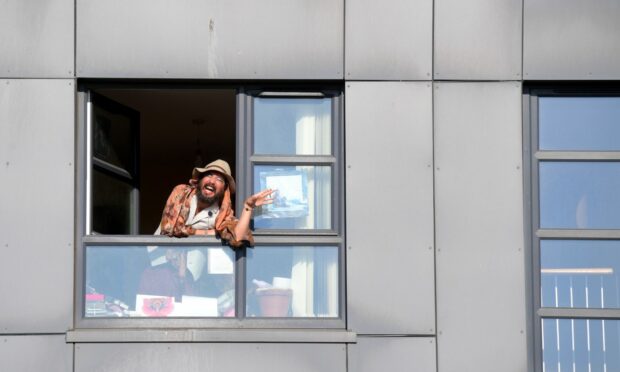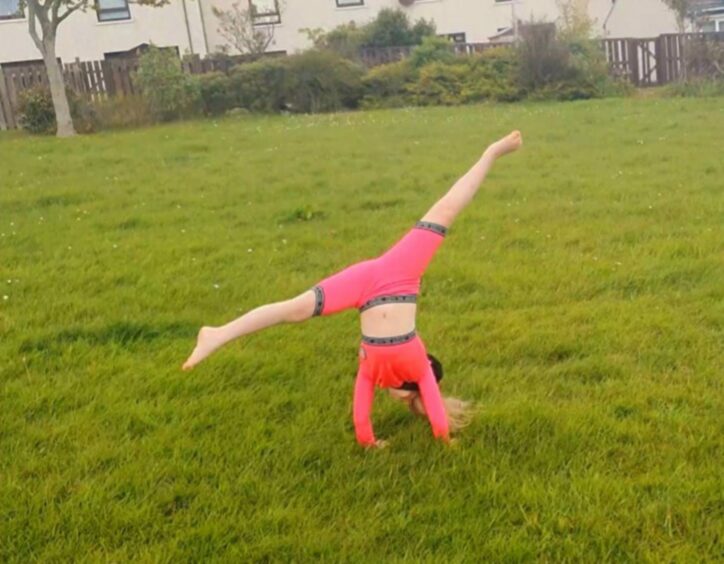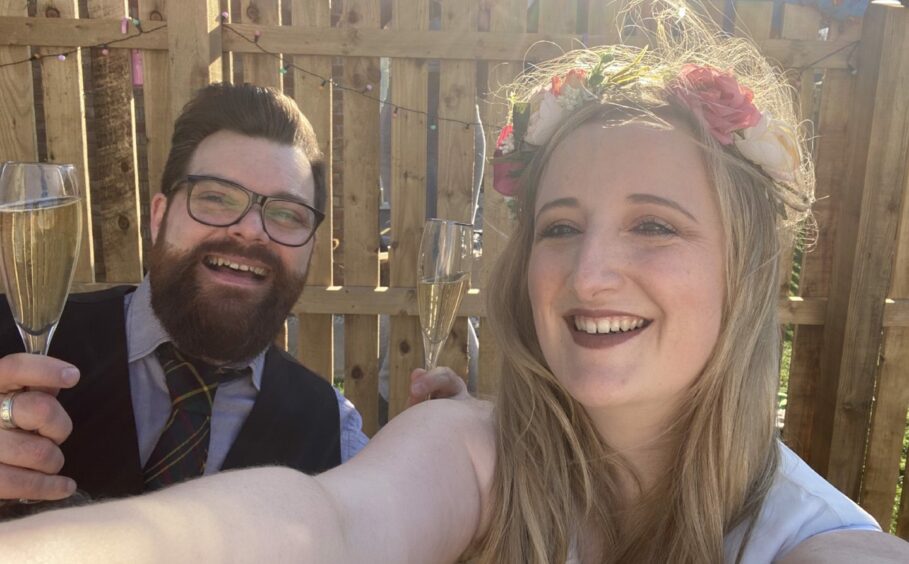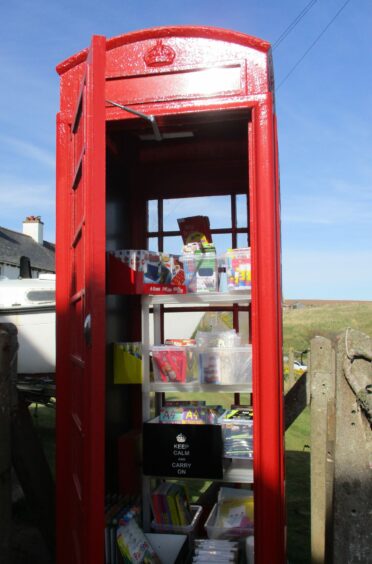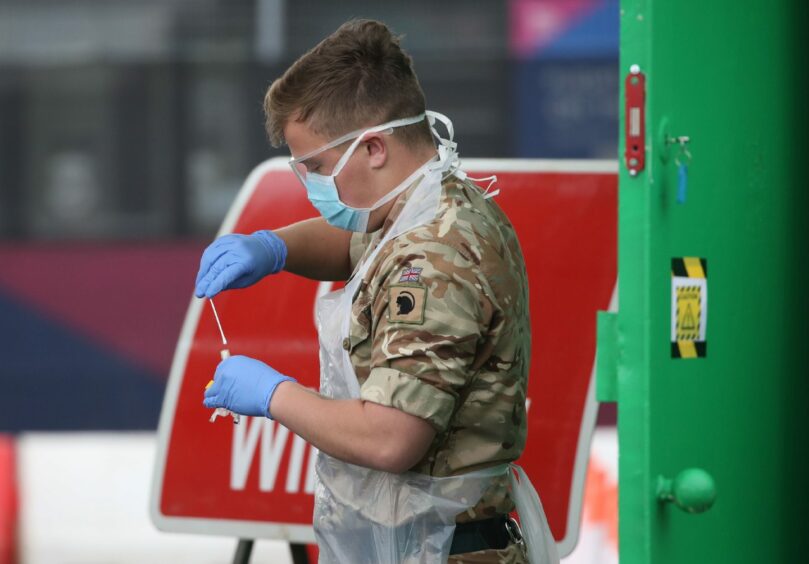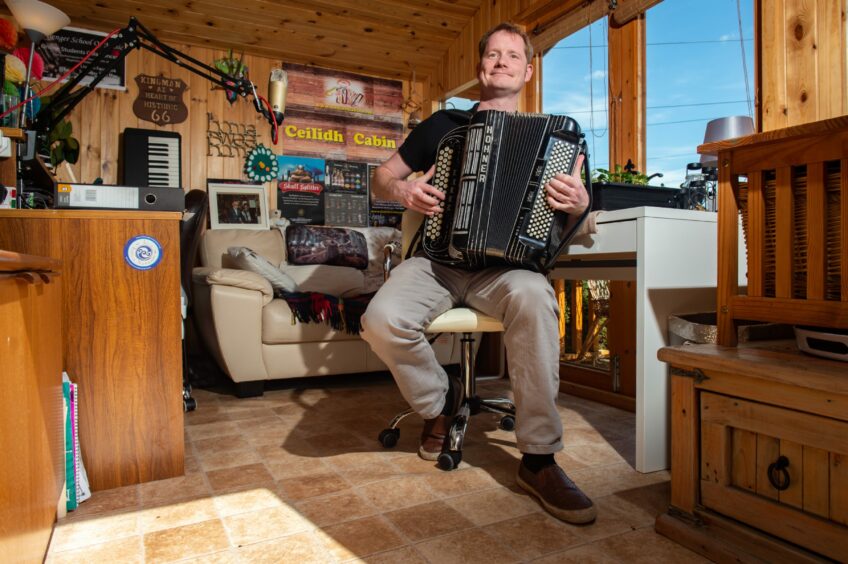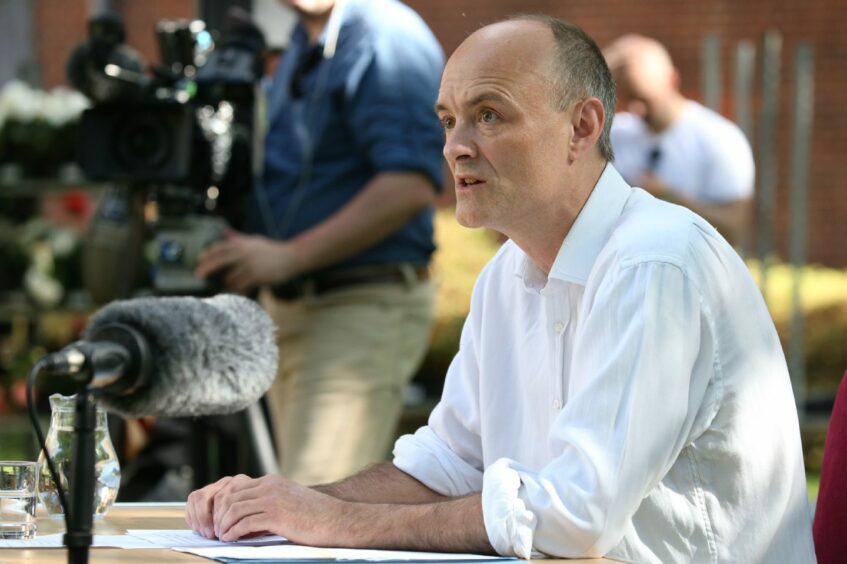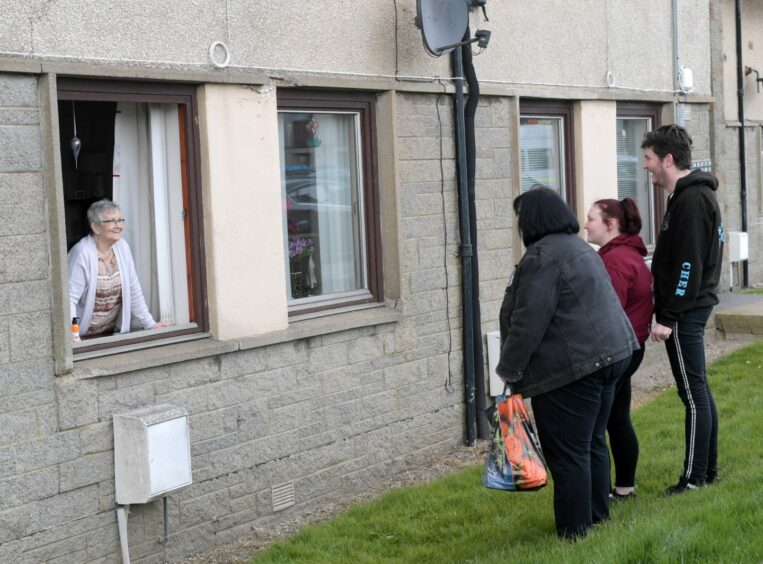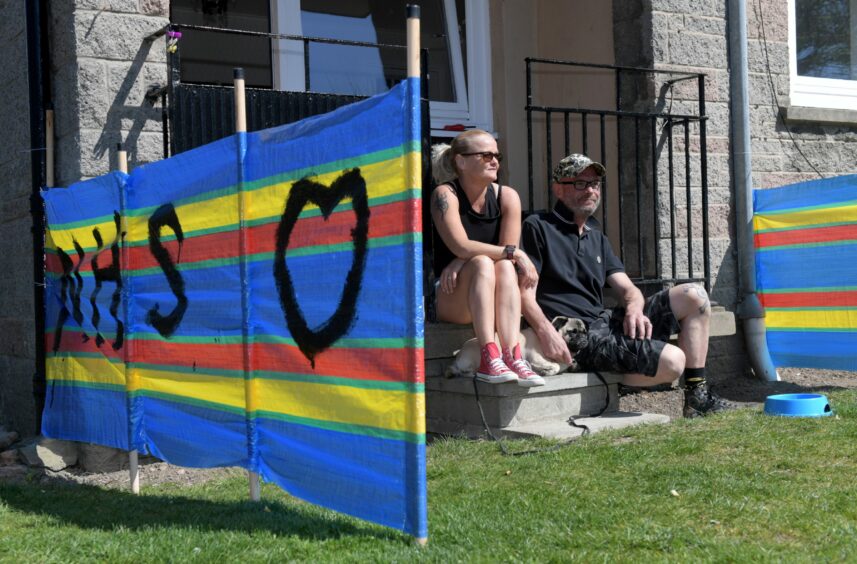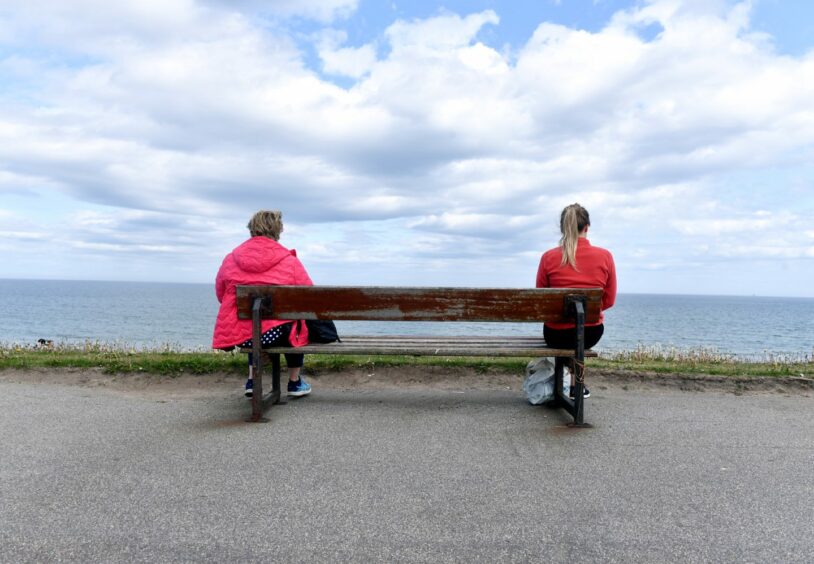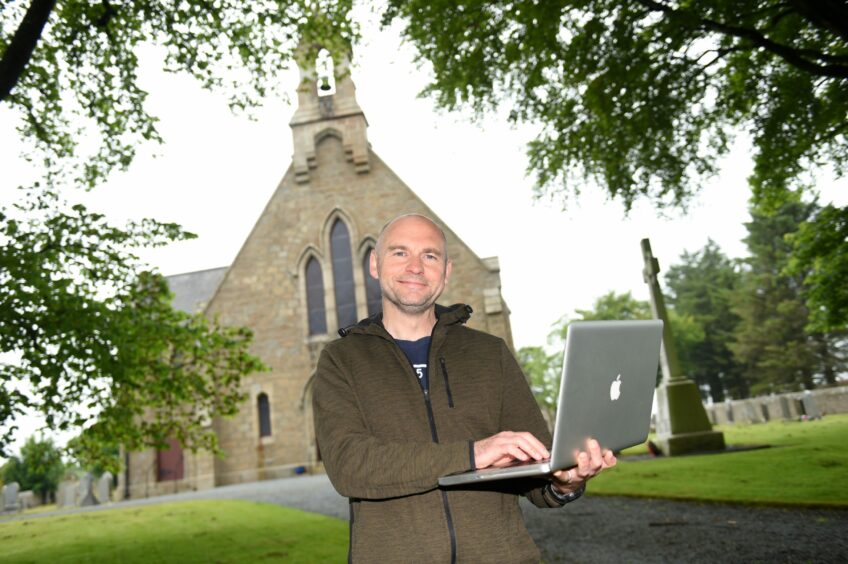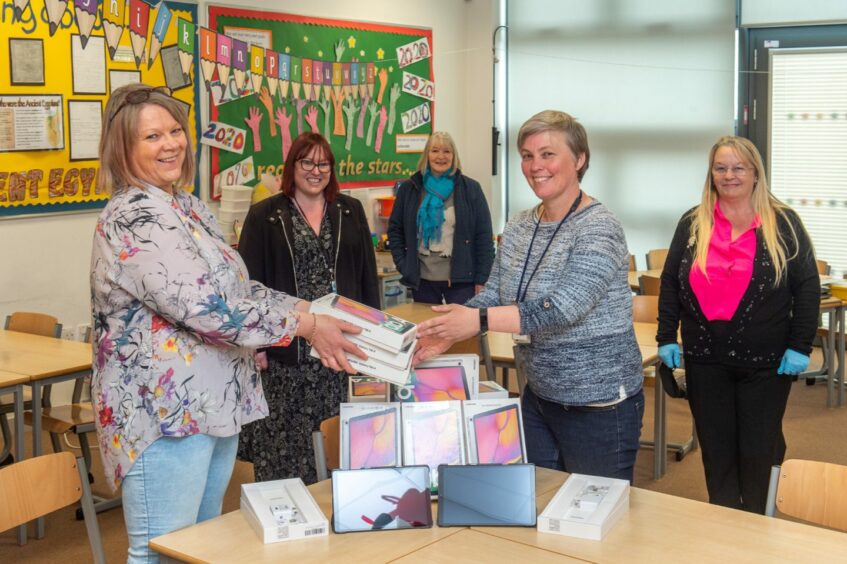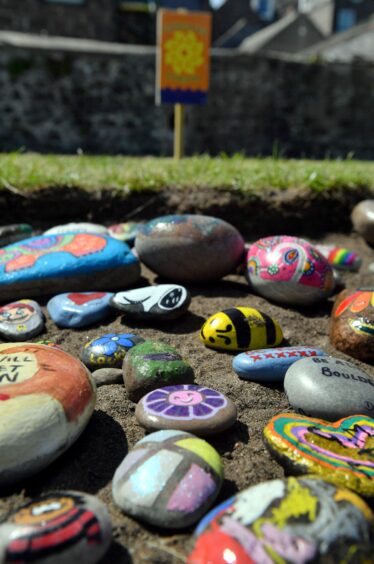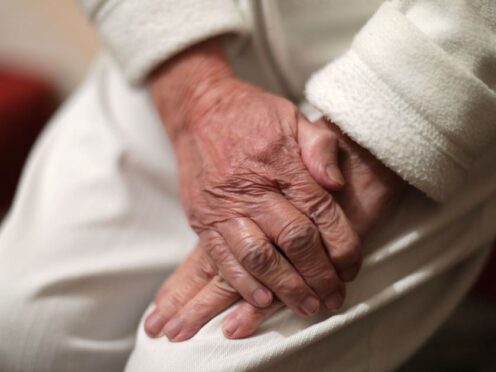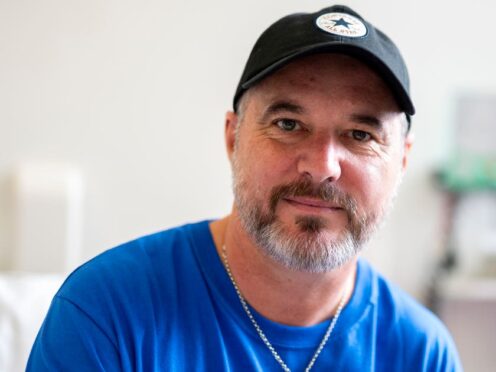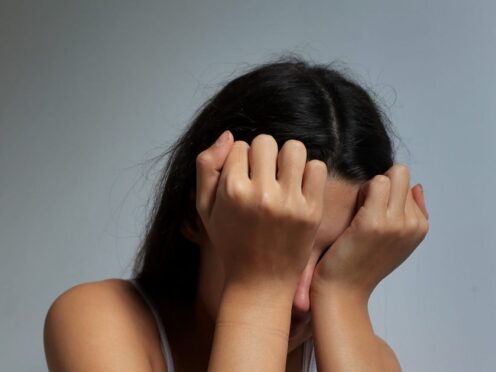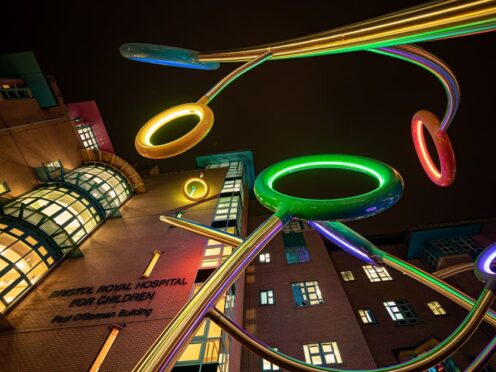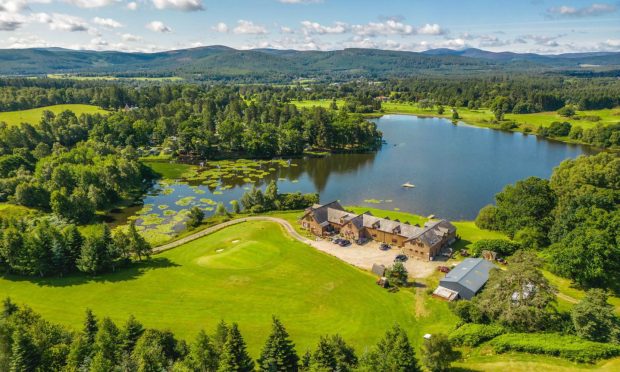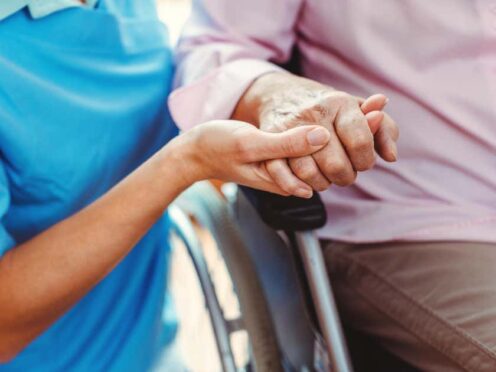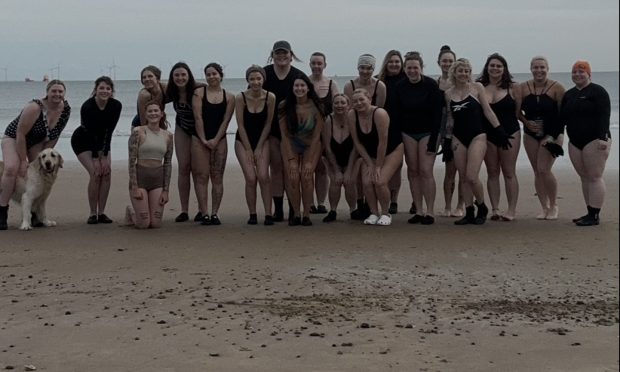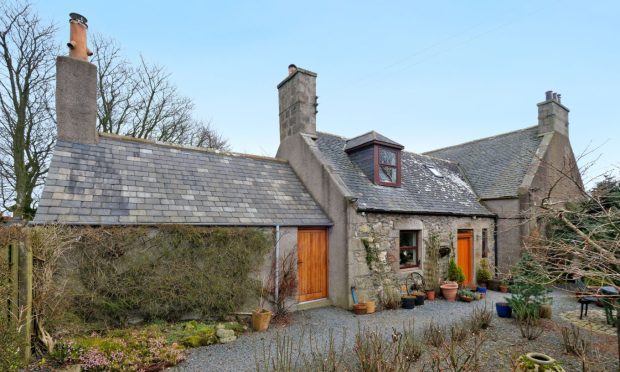As March 23 marks two years since the first UK lockdown was announced, Jacqueline Wake Young gathers snapshots of those early days of restrictions and looks at how the north and north-east rapidly adjusted to the new normal
“I am not going to seek to sugar-coat it,” is how Nicola Sturgeon described the introduction of lockdown on March 23, 2020.
No-one could know how the intervening months and years would pan out; this was uncharted territory for which a whole new lexicon would be constructed.
Even the word lockdown sounded alien. Then expressions such as self-isolating, virtual classroom, contact tracing and PPE became part of our everyday vocabulary.
In the days before the announcement, a series of events signalled things were about to change.
March 11:
The World Health Organisation (WHO) declared a pandemic and Scottish and UK Governments paved the way for the restrictions to come.
March 17:
The first minister told MSPs life as we knew it would change as a result of the pandemic.
March 19:
It was announced that all schools and nurseries in Scotland would close from the end of the next school day.
March 20:
The UK Government announced the furlough scheme.
March 23:
Boris Johnson gave a televised address to the UK, saying people should only go outside to buy food, to exercise once a day, or to go to work “if they absolutely cannot work from home”.
Nicola Sturgeon confirmed the same rules would apply in Scotland.
Difficult and unprecedented
At a press conference she said: “Let me be blunt.” The stringent restrictions on our day-to-day lives are “difficult and unprecedented”.
Scotland’s then chief medical officer Dr Catherine Calderwood added: “This is not a rehearsal. This is real life.”
Weeks later Dr Calderwood resigned after visiting her second home in contravention of her own advice.
She was among the first high-profile rule breakers and as we know, she wouldn’t be the last.
Within days of his TV appearance, Boris Johnson tested positive for Covid and his then chief advisor Dominic Cummings drove from London to Durham to self-isolate with his family.
On May 25 Mr Cummings gave his infamous rose garden press conference amid calls for him to be sacked and “Barnard Castle” was added to the language of lockdown.
Meanwhile, the residents of the north and north-east set about adjusting to the new circumstances.
Closures
Ten days before official lockdown, Aberdeen bar Krakatoa took the initiative and closed its doors. Within weeks thousands more venues would follow.
Initially planned as a two-month hiatus, the Press and Journal reported that the venue would close “for the duration of coronavirus pandemic”.
Krakatoa’s owners said at the time: “This is in light of what’s been unfolding across Italy these past two weeks and in order to protect ourselves by giving us the opportunity to self-isolate.”
Panic buying
In the weeks leading up to lockdown, shelves were cleared of loo roll, rice and pasta and hand sanitiser.
On March 11 Deeside Distillery revealed it had turned to making hand sanitiser.
Head distiller Liam Pennycook said: “The actual spirit can be classed as the ‘world’s strongest gin’ which we believe was previously recorded at 82.5%.”
Retail sales
Meanwhile retail sales declined at the worst rate on record in the month after lockdown measures were introduced, the BRC-KPMG retail sales monitor said.
There was an “unprecedented surge” in demand for food and essentials but total retail sales during the two weeks after lockdown fell by 27%.
Demand for computers, games and fitness equipment increased.
NHS heroes and Clap for Carers
NHS workers and carers were put in the spotlight as the nation came to a fuller understanding of their true worth.
Clap for Carers ran from March 26 to May 28 and the weekly show of appreciation also offered a moment of comfort and connection.
In the trenches
On May 26, the P&J reported that a life-sized silhouette of an NHS nurse had been put up at an Aberdeenshire war memorial in tribute to health workers.
Mike and Linda Muller, from New Byth, installed the artwork alongside their similar depiction of a First World War soldier.
Mr Muller said: “The nurses are the same as those who fought in the trenches, the only difference is that they can’t see the enemy.”
Fundraising
Captain Sir Tom Moore led the way in raising funds for the NHS and other charities involved in pandemic-related support.
On April 6, aged 99, he began to walk his garden in aid of NHS Charities Together. By April 30, his 100th birthday, the total raised had passed £30 million.
He inspired many, including Peterhead schoolgirl Aimee Wilson.
The seven-year-old set herself the challenge of completing 700 cartwheels in a week to raise money for frontline staff.
Mum Angelica Crawford said: “One day was cold, damp and windy but she was determined to keep going, so she wrapped up cosy and just got on with it. The challenge has certainly kept her busy during lockdown.”
Online occasions
A ban on all social gatherings meant people had to get creative when it came to celebrating life’s milestones.
On April 21, musicians Rua Macmillan and Laura McKinlay told how their “non-wedding” in their living room in Denny had been watched online by 400 friends and family.
The bride wore a veil made from a bedsheet and the groom wore a kilt jacket and pyjamas. The honeymoon was in the back garden.
Miss McKinlay said: “It will stick in our memories as one of our happiest days ever.”
Kindness
“Be kind,” became the mantra and on May 9 the P&J reported that old phone boxes had been transformed to help people through lockdown.
The box in Beauly Square was stocked with food, nappies and toiletries.
A box in Muchalls, near Stonehaven, was converted into a library and in Collieston an old telephone box was turned into a crafts and games centre.
On the same day it was reported that Hollywood actress Tilda Swinton had taken goodie bags to her local sheltered housing complex saying: “Everybody in Nairn is my neighbour and I just want to help if I can.”
Embracing technology
As people got to grips with home working, technology was embraced in a way like never before.
The Rev Paul McKeown, of Belhelvie Church, Aberdeenshire, was one of many ministers to host virtual services.
Praising his colleagues he said: “I think everybody has been on a steep learning curve. Some are literally using Blu Tack to attach their phone to the computer screen and pressing record.”
Home concerts and virtual exhibitions
With venues closed, virtual events started popping up. Elgin musician Graham Mackay, of band Tweed, transformed his shed into a ceilidh cabin at the start of April.
He said: “I’ve never spent as much time at home, I’ve always been on the road. My partner runs music lessons from home so it started as a way just to make myself scarce.”
Home schooling
Parents suddenly had the responsibility of home schooling and teachers had their work cut out educating at a distance.
The Keith Covid Group in Moray invested in 15 tablets for primary pupils after hearing some were unable to keep up with learning at home.
Groups in the area had received grants from SSE’s Beatrice offshore wind farm, but with an eye on the future, Lennox Community Council held back some of its £5,000.
Treasurer Pringle George said: “There’s been a lot of effort going into food parcels and essential supplies, which has been the primary concern since lockdown started.
“We’re holding the other £2,500 back until we see what happens.
“We don’t know where this will take us yet.”
By March 2021, one year on from the announcement of the first lockdown, two million people in Scotland had been vaccinated against Covid.
Two years on and that figure is now 4.17 million, 76% of the population, and although many restrictions are in the past, the pandemic is still part of our present.
